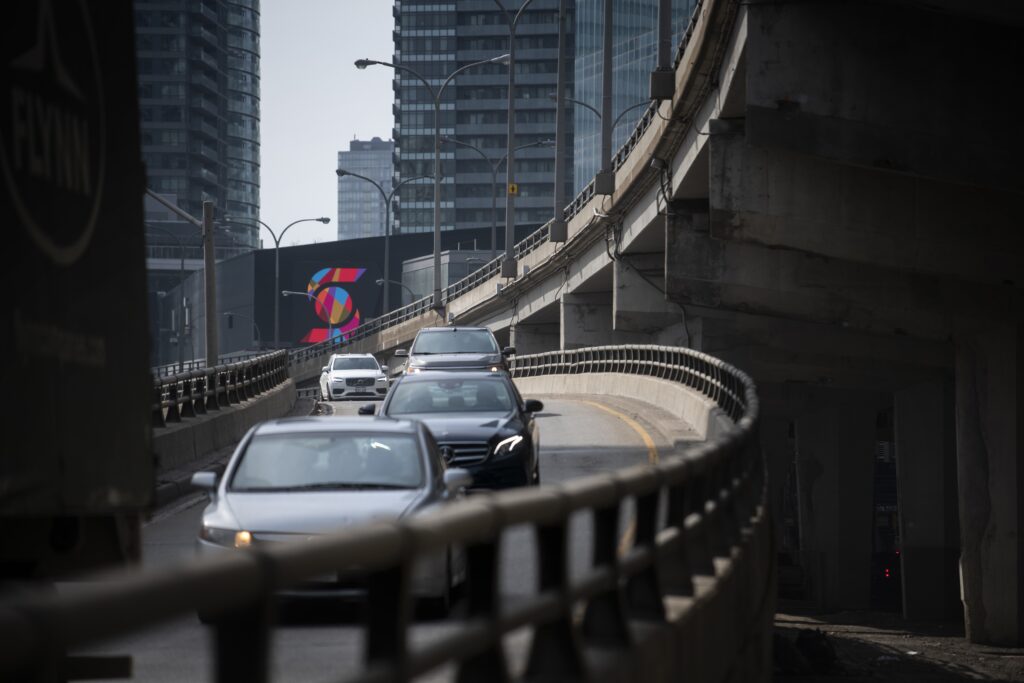
Introduction
The Gardiner Expressway is one of Toronto’s vital transportation arteries, serving as a major route for commuters and commercial traffic. Stretching over 18 kilometers along the waterfront, this elevated highway not only connects downtown to the western suburbs but also plays a significant role in the city’s overall infrastructure. Understanding its importance is crucial, especially with ongoing discussions surrounding maintenance, renovation, and city planning.
Current Events and Developments
In recent months, the City of Toronto has launched several initiatives aimed at improving the Gardiner Expressway. Plans for a comprehensive rehabilitation project have been discussed, including structural repairs and aesthetic upgrades that residents hope will enhance safety and efficiency. One major project includes the replacement of aging bridge decks and the revitalization of the adjacent areas, emphasizing pedestrian and cyclist access. As per the latest report from the City of Toronto’s Transportation Services, the maintenance costs have increased significantly due to the years of wear and tear and the ever-growing commuter demands.
Recent Incidents and Safety Concerns
Alongside maintenance issues, safety remains a priority concern for the Gardiner Expressway. Recent traffic incidents and accidents have raised alarms regarding the highway’s design and congestion points, particularly during peak hours. In June, the City recorded several collisions that resulted in injuries, prompting discussions on potential redesigns and traffic management solutions. The implementation of smart traffic systems and potential lane adjustments have been proposed as solutions to mitigate these issues.
Future Outlook
As discussions continue regarding the future of the Gardiner Expressway, several factors will determine its evolution. The city is considering integrating more environmentally friendly transportation options, emphasizing the importance of sustainability in urban planning. City officials predict that thorough studies and public consultations will help shape upcoming policies effective in balancing efficient vehicular movement and pedestrian safety. While funding and resources remain obstacles, ongoing investments and community engagement could lead to significant enhancements across the expressway.
Conclusion
The Gardiner Expressway undeniably plays a crucial role in Toronto’s transportation network. As plans for its future unfold, it is clear that the expressway will require concerted efforts from city planners and stakeholders to ensure its continued service to the growing metropolis. Ongoing renovations, safety upgrades, and community engagement will be vital to creating a roadway that aligns with Toronto’s urban aspirations while prioritizing the needs of its citizens.

